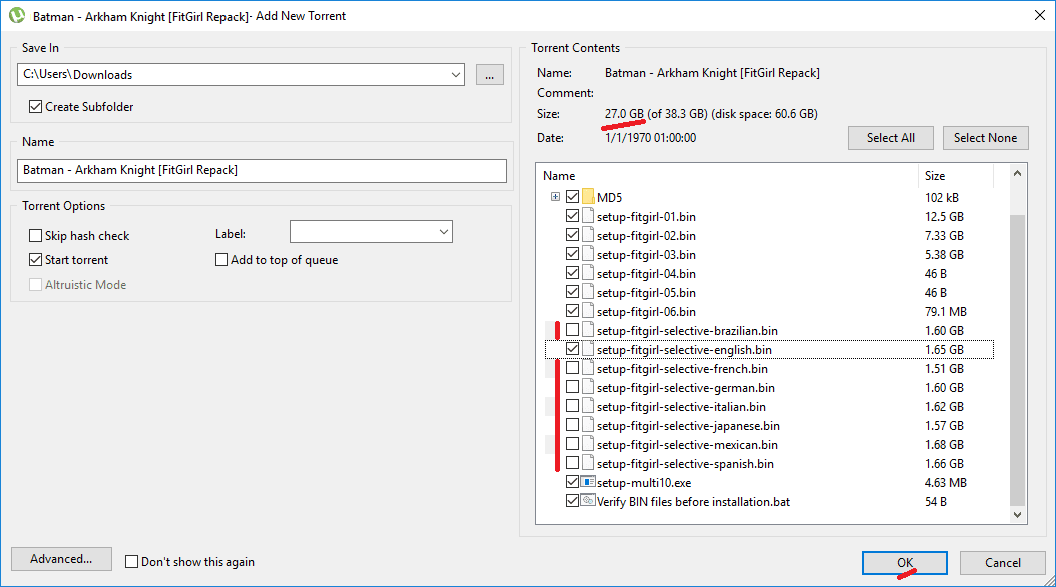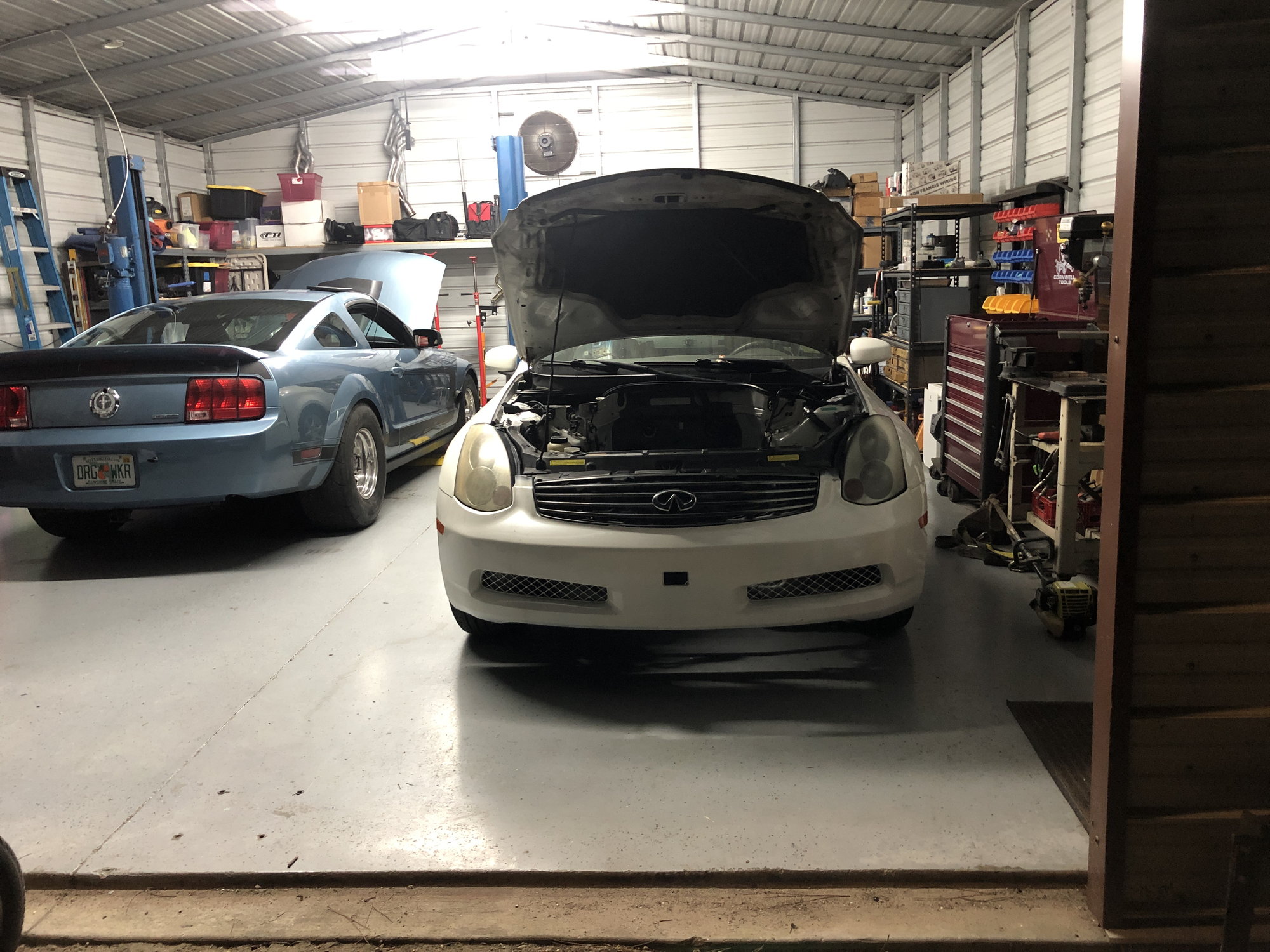

The impeller sucks air into the turbo housing, compresses it and pushes it into the engine to create boost pressure. The challenge then becomes building the engine so it can safely handle the extra power without breaking something (which we will get to shortly).Ī turbocharger uses hot exhaust gases to spin a turbine wheel at high speeds that is connected by a short shaft to an impeller wheel inside the compressor housing. Crank it up even more and you’re off to the races. Turn up the boost pressure to 14 to 16 psi and you can usually double the power output of most engines. What’s more, dialing up the boost pressure overcomes a lot of deficiencies in the induction system and cylinder heads that would otherwise limit air flow and the engine’s volumetric efficiency.Īfter all, it is much easier to push air into an engine with a turbo or blower than to suck it in with intake vacuum alone.Įven with a relatively moderate amount of boost, say 6 to 8 psi, a forced induction system can easily increase the power output of a typical street engine 150 or more horsepower. Consequently, the engine’s power output becomes a function of how much boost it gets. But achieving 100% or higher volumetric efficiency (especially at higher rpms) usually requires some type of forced induction system such as a turbocharger or supercharger.Ī forced induction system overcomes the limitations of atmospheric pressure by pushing more air into the cylinders. With such improvements, it is possible to boost an engine’s volumetric efficiency into the 90% range or even higher. Improving exhaust scavenging with headers and crossover pipes that help improve air flow out of the cylinders.Adding an air scoop or cold air intake system to help route cooler denser air into the engine.Installing a larger throttle body or carburetor (or multiple carburetors) that can flow more CFM (cubic feet per minute).Installing an intake manifold with taller and longer runners to help ram more air into the cylinders.

Modifying the stock heads or replacing them with aftermarket performance heads that have larger valves and better ports.




 0 kommentar(er)
0 kommentar(er)
